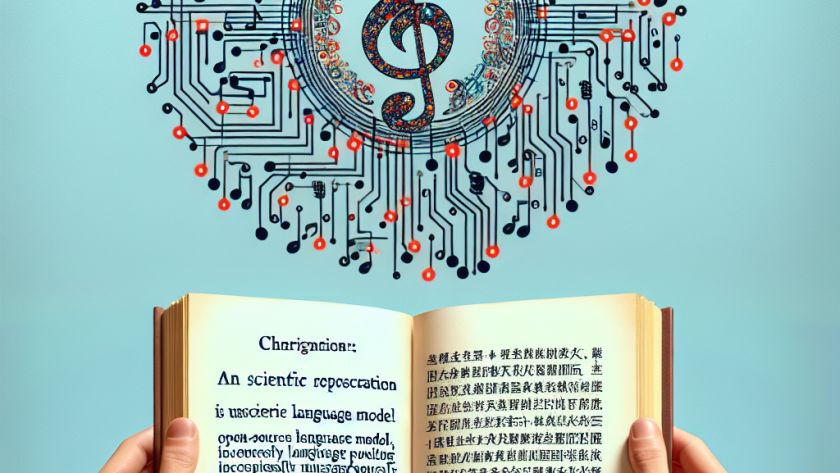Artificial Intelligence (AI) has seen considerable progress in the realm of open, generative models, which play a critical role in advancing research and promoting innovation. Despite this, accessibility remains a challenge as many of the latest text-to-audio models are still proprietary, posing a significant hurdle for many researchers.
Addressing this issue head-on, researchers at Stability…










